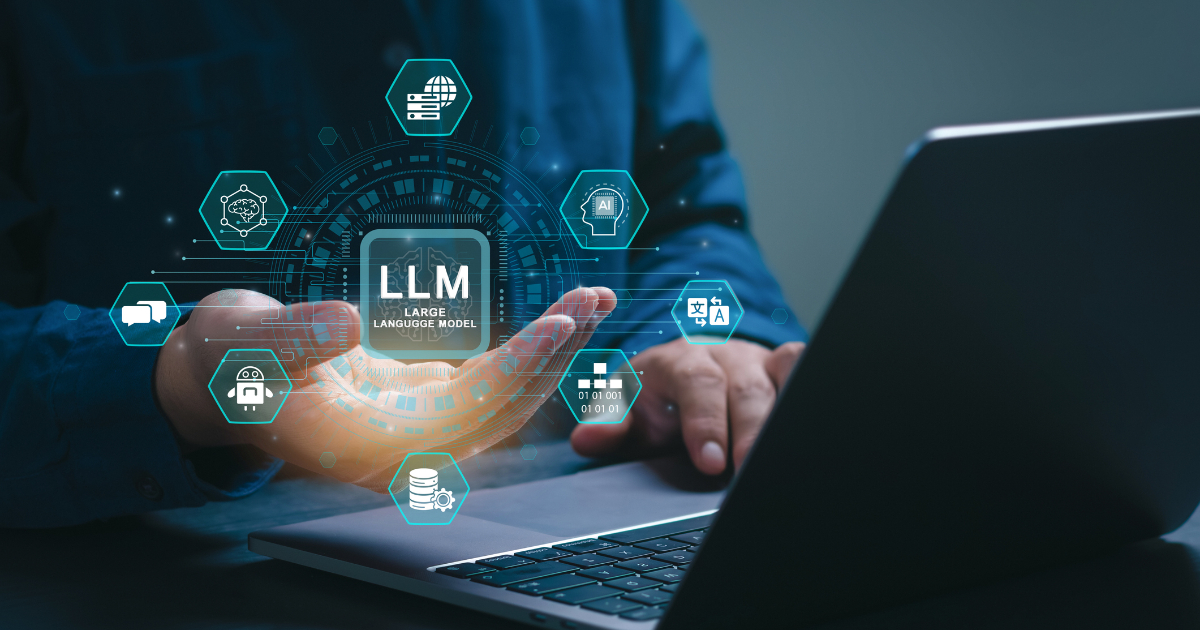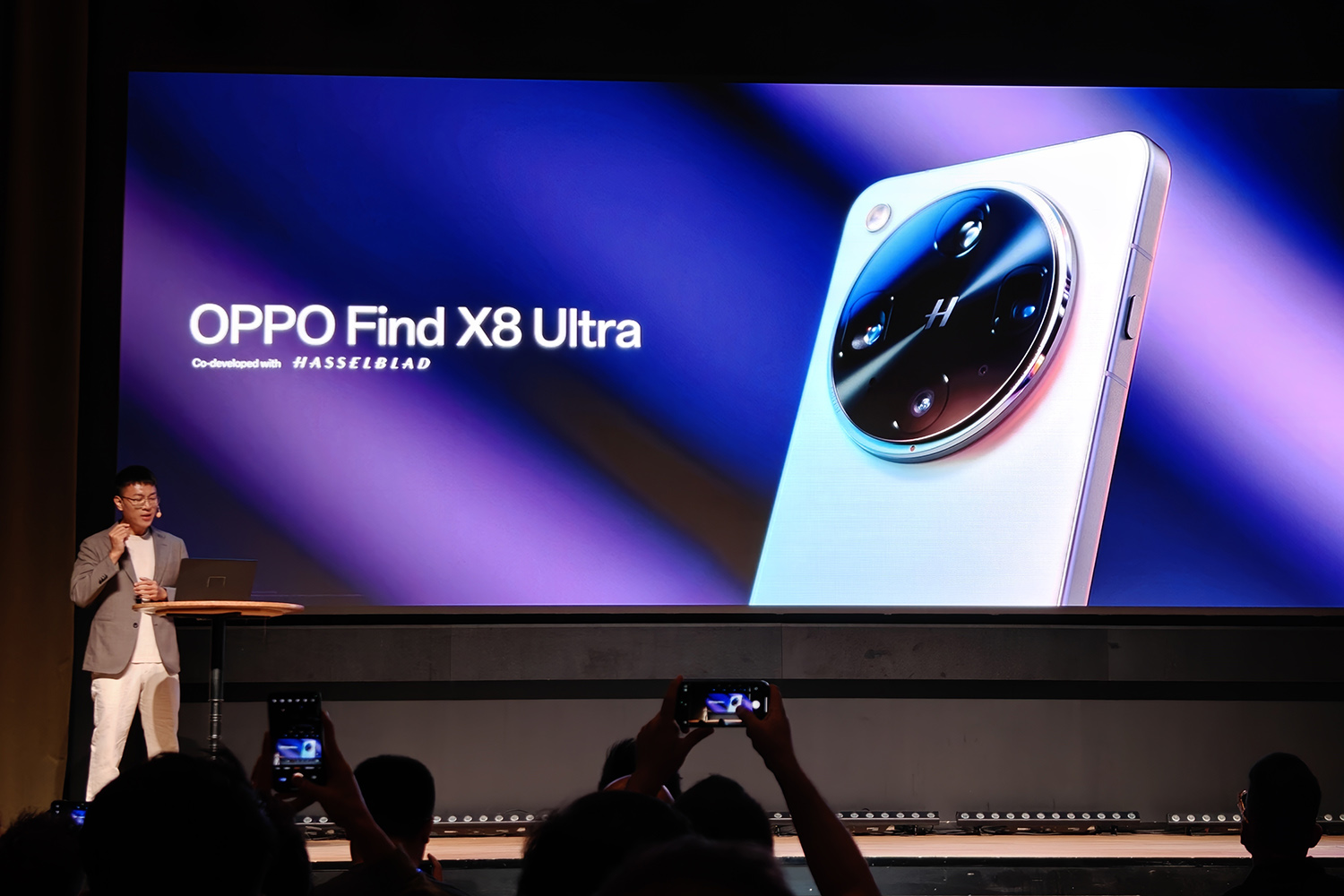Developers and contributors of the Model Context Protocol (MCP) converged in San Francisco in May 2025 for their first developer summit, charting the future of this rapidly adopted open standard to enable seamless integration between LLM applications and external data sources and tools.
Discussions at the summit focused on a roadmap for MCP including critical enterprise features such as enhanced security, observability and scalability. Attendees also shared valuable adoption stories, case studies and best practices.
Introduced by Anthropic In November 2024, MCP is an open standard designed to help frontier LLMs produce better and more relevant responses. It achieves this by providing a seamless, standardized protocol for integrating and sharing data between external tools, systems, and data sources with the LLMs, effectively eliminating the need for fragmented and custom integrations. Notably, major players like OpenAI, Microsoft and Google have already made public announcements about their adoption and plans to integrate MCP support into their products.
David Parra, a co-creator of MCP and member of technical staff at Anthropic, delivered the summit’s keynote, outlining the protocol’s core set of primitives and emphasizing crucial next steps to achieving widespread and enterprise adoption. He concluded his keynote with detailing upcoming developments aimed at making MCP ubiquitous for LLM integrations, including enhancements for agent interactions, MCP server discovery and publishing, and ecosystem expansions.
Parra elaborated on MCP’s three core primitives, designed to enable rich AI interactions: prompts, resources, and tools. Prompts are predefined templates, exposed by MCP server to clients, allowing users to explicitly add context to AI interactions and guide specific workflows. Examples include starter prompts for applications or dynamically summarizing code issues from GitHub PR comments. Resources provide data and content from MCP servers to clients, serving as context for LLM interactions; for instance, database schemas can be exposed as resources for visualization by MCP clients.
Finally, tools represent specific actions or functionalities an MCP server makes available, enabling LLMs to perform concrete actions based on user intent. These actions range from querying databases and interacting with filesystems or managing GitHub PRs. Parra also highlighted creative uses for tools, including programming physical devices like synthesizers or blenders.
Figure 1: Three main primitives in MCP for rich AI interactions
Image Source: [Keynote] MCP201: The Protocol in Depth with David Soria Parra at Anthropic
The interaction model outlines different ways of interacting with an MCP server, where prompts are user driven, resources are application driven, and tools are model driven.

Figure 2: Interaction model for MCP three main primitives
Image Source: [Keynote] MCP201: The Protocol in Depth with David Soria Parra at Anthropic
Despite what Parra described as an explosion in MCP adoption in the first half of 2025, with over 10,000 community-developed MCP servers and numerous MCP clients, he noted that most MCP servers are currently downloaded and deployed locally. For MCP to become truly ubiquitous, critical capabilities such as robust access control and effective scaling must be built into internet-deployed MCP servers.
Access control will enable secure authentication for the internet-hosted MCP servers, allowing trusted execution of sensitive actions like financial transactions. For enterprises, access control ensures seamless and secure access to company data via existing single-sign-on mechanisms, significantly enhancing usability and manageability.
As MCP servers are deployed to the internet, effective scaling becomes vital to handle high-volume requests. A key enabler for this is adopting a streamable HTTP approach at the protocol level. This method avoids long-lived connections while maintaining bidirectionality where desired, mirroring the scalability of REST APIs through microservice.
To further advance MCP’s ubiquity, founders and contributors are actively developing the protocol’s next version. Concluding his keynote address, Parra highlighted key areas that he is particularly excited about for MCP’s future:
First, enhanced agentic behavior is a significant focus. Future iterations will support more sophisticated agentic asynchronous task execution, crucial for long-running tasks, and improve human-in-loop interaction through better elicitation mechanisms, such as prompting for user feedback or eliciting agreement to terms. Second, addressing the challenges posed by MCP’s rapid adoption, improved discoverability is on the horizon. An official registry API will soon be available, enabling MCP clients and users to easily find relevant and trusted MCP servers.
Finally, fostering the developer ecosystem remains critical; official Ruby and Go SDKs are in development (with Google contributing to the Go SDK), broadening the tools available to build MCP servers and clients.









